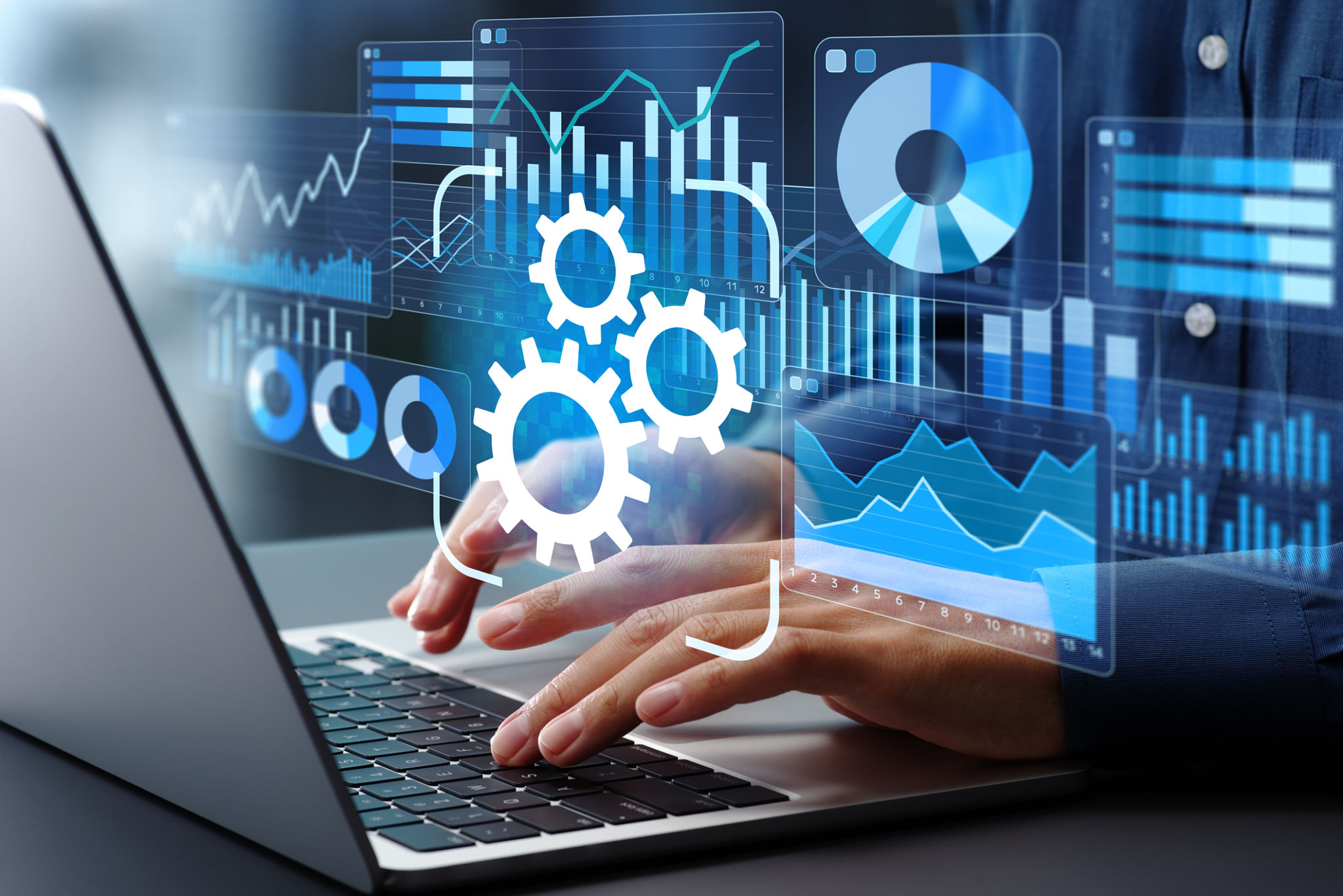How AI Enhances Drone Videography Analytics
Revolutionizing Drone Videography with AI
In recent years, drone videography has transformed various industries, from filmmaking to agriculture. However, the true game-changer lies in the integration of Artificial Intelligence (AI) with drones, specifically in enhancing analytics. This combination not only boosts efficiency but also augments the quality of insights derived from aerial footage.
Incorporating AI into drone technology allows for real-time data processing and analysis. This capability is essential for industries that rely on immediate insights, such as emergency response and environmental monitoring. With AI, drones can swiftly interpret vast amounts of data, making informed decisions and providing actionable intelligence on the spot.

Precision and Accuracy in Data Collection
One of the significant advantages of using AI in drone videography is the precision it brings to data collection. AI algorithms enhance the accuracy of object detection and tracking, which is crucial for applications like wildlife observation and traffic monitoring. This precision minimizes errors, ensuring that the data collected is reliable and actionable.
Moreover, AI-powered drones can autonomously adapt to changes in their environment. For instance, they can adjust their flight paths or camera angles in response to weather conditions or obstacles, ensuring continuous data collection without human intervention. This adaptability enhances the quality of the analytics produced.

Enhanced Image and Video Analysis
AI elevates image and video analysis by incorporating machine learning algorithms that can recognize patterns and anomalies. In fields like construction, drones equipped with AI can monitor site progress, identify potential hazards, and ensure compliance with safety regulations. This proactive approach reduces risks and enhances productivity.
Additionally, AI-driven analytics can segment and classify video content more efficiently than traditional methods. This capability is particularly beneficial in fields like agriculture, where drones can assess crop health by analyzing factors like color variation and growth patterns, leading to more precise farming strategies.
The Role of AI in Real-Time Decision Making
The integration of AI enables drones to make real-time decisions, a feature that is invaluable in dynamic environments. For example, during search and rescue missions, AI-equipped drones can quickly analyze terrain to identify potential survivors or hazards, significantly speeding up response times.

In commercial applications, such as logistics and delivery, AI enhances route optimization. Drones can autonomously plan the most efficient paths based on real-time data, such as traffic conditions or weather forecasts, improving delivery times and reducing operational costs.
The Future of AI-Enhanced Drone Videography
The future of drone videography is bright with AI at its core. As technology advances, we can expect even more sophisticated analytics capabilities, enabling drones to tackle increasingly complex tasks. This evolution will open new possibilities across various sectors, driving innovation and efficiency.
Ultimately, the combination of AI and drone technology represents a leap forward in how we collect and analyze data from above. By harnessing the power of AI, industries can not only improve their operations but also gain deeper insights into their environments, paving the way for smarter decision-making.
